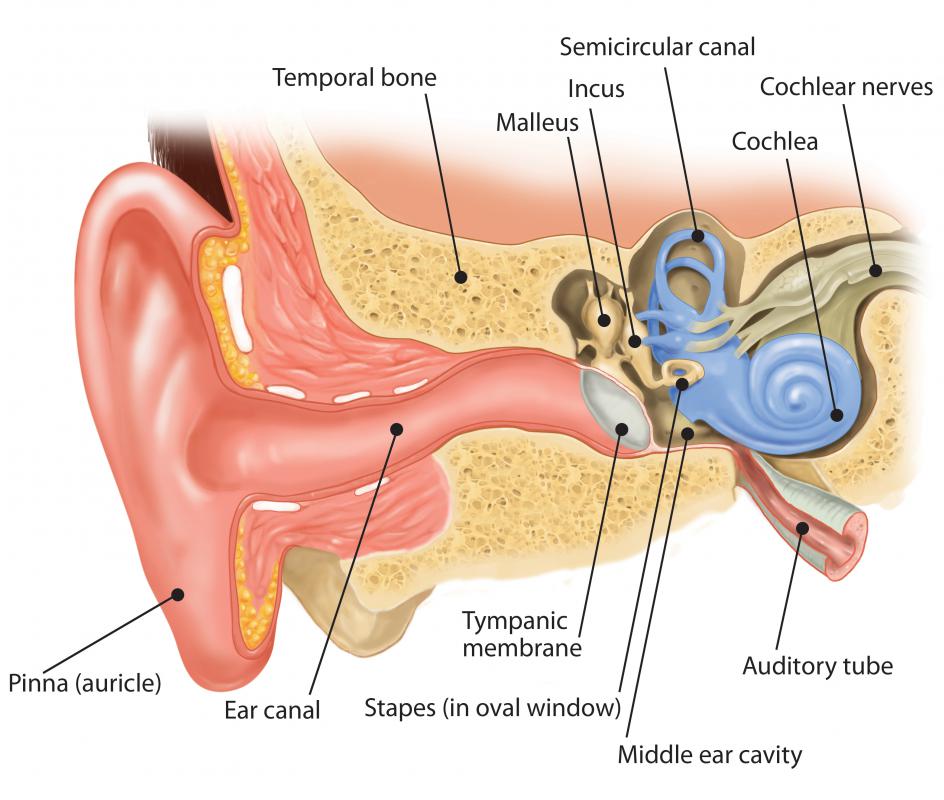At WiseGEEK, we're committed to delivering accurate, trustworthy information. Our expert-authored content is rigorously fact-checked and sourced from credible authorities. Discover how we uphold the highest standards in providing you with reliable knowledge.
What Is a Myringotomy with Tubes?
A myringotomy is a surgical procedure where a hole is cut in the eardrum to allow fluid to leave. Fluid usually builds up inside the middle ear as the result of an infection. Most often, what is known as a myringotomy with tubes is carried out, where a tube is inserted through the eardrum incision to aid ear drainage and allow ear ventilation. Following a myringotomy with tubes, ear infections are more likely to resolve and hearing improves. This is especially important for children because hearing loss can cause difficulties with speech development and learning.
Myringotomy with tubes is the most common procedure used to treat a middle ear full of fluid, a condition sometimes known as glue ear. Ear fluid can collect as the result of a sudden, recurrent or long-term infection of the middle ear. Such infections are more likely to develop in children because the Eustachian tube, which regulates air pressure inside the middle ear, is immature. Children with Down syndrome often have an increased risk because they tend to have narrower Eustachian tubes and stickier ear secretions. Enlarged adenoids, allergies and weakened immune systems can all predispose people to middle ear infections.

When recurrent and long-term infections persist for several months, myringotomy with tubes is usually recommended. A sudden infection, known as acute suppurative otitis media, can clear up with medication but, if not, surgery becomes necessary. Most often, the procedure is carried out using a general anesthetic, which puts the patient to sleep. The surgeon makes a very small hole in the eardrum and a suction tube extracts fluid from the middle ear. A tiny tube, sometimes known as a grommet, is then inserted through the hole and left in place.

Eardrums normally heal quickly, so the tube keeps the myringotomy incision open. Following the myringotomy with tubes procedure, the tubes normally fall out of the ears by themselves. It commonly takes just over a year for this to occur, and the infection with its associated ear fluid has usually cleared up by then.
Occasionally, tubes can remain in the ears for several years and further surgery is then required to remove them. With tubes in place, it is best to avoid getting too much water inside the ears, and doctors sometimes advise patients to wear ear plugs while swimming. Possible complications following a myringotomy with tubes include ear discharge, scarring, and a persistent hole in the ear drum.
AS FEATURED ON:
AS FEATURED ON:












Discuss this Article
Post your comments